Transparency and cost: do we have something to hide?

What does remodeling cost?
This is inspired by Dave’s research and drafts of his upcoming book about the rebirth of the architect in the design-build model.
In my last blog post, I talked about the importance of remodelers knowing their costs as a foundation to being able to deliver a successful project. Understanding these costs helps ensure that the client is left feeling they were delivered more than they paid for and that the remodeler has earned enough to pay expenses and make a return on everything that is being invested into their business.

While it’s crucial for remodelers to understand what to charge, this blog is not about how to figure that out. In short, it just comes down to doing the math, having an accurate yearly budget, and knowing with confidence what it will take to deliver each project. I am happy to point you in the right direction for more information on this—just ask. The point of this blog is to uneducate the remodeling consumer on what remodeling costs.
To get to the truth, we may need to get rid of some incorrect information out there that is hiding reality. While the “HGTV” budgets are blatantly misleading to anyone who has remodeled, I have found that the great majority of viewers understand it is just TV and doesn’t accurately represent the truth.
Sadly, the most damaging distortions actually come from within our own industry. I have observed established, recognized firms misleading clients: I can only assume this is due to a false fear or belief that if clients knew the true cost of their project, they would not buy.
a. At a national remodeling magazine’s event where firms were being honored as “Market Leaders,” one firm stated that pursuing a 33% increase in cost after a project started through the use of change orders was a successful strategy for them.
b. When I spoke directly to the owner of one of the largest remodeling companies in the country at the time in front of his trade show booth, I asked why they only did projects that had been designed by a separate architect. He communicated—while standing next to a nodding, bow-tied architect—that he liked the opportunity for increases in revenue that they and the architect could generate together by collaborating on changes in the project after it started.
 In either scenario, it strikes me as dishonorable to be forecasting an increase in cost while not being upfront with the consumer about it. It would be like a restaurant banking on their patrons needing to order more food to be satisfied with what should have already been an adequate meal. Or, in the second example, if the customers did want more food, the cook would refer them to a chef (the architect), who the customers would need to pay to consult and create a recipe for the cook to then prepare—adding both time and money to their hunger. One of the outcomes would be that the customers feel they should have gotten what they ordered for the lower amount, when in actuality, they end up paying what should have been presented to them originally as the price of the service.
In either scenario, it strikes me as dishonorable to be forecasting an increase in cost while not being upfront with the consumer about it. It would be like a restaurant banking on their patrons needing to order more food to be satisfied with what should have already been an adequate meal. Or, in the second example, if the customers did want more food, the cook would refer them to a chef (the architect), who the customers would need to pay to consult and create a recipe for the cook to then prepare—adding both time and money to their hunger. One of the outcomes would be that the customers feel they should have gotten what they ordered for the lower amount, when in actuality, they end up paying what should have been presented to them originally as the price of the service.
To a lesser degree, but still contributing to the misconception of what remodeling costs, I have seen remodelers present estimates in which they show their profit as an amount below what it actually would be.
c. In one such scenario, showroom representatives present costs to clients that are prearranged to include a kickback to the remodeling company or designer the client is working with on their project. So, even if the client is paying for the products directly, part of what they are unknowingly paying for is a commission check back to the entity that referred them. This is so prevalent that it is not uncommon for one of the first questions a vendor will ask a remodeler or designer they have not worked with before, is “How would you like us to handle presenting costs to your client?”
d. Another example is when remodelers pretend to be making less money by inflating presented direct costs and lowering their margin. Some firms present estimates with individual line items for the project with their return listed at the bottom. I have seen associates’ estimates that change the real return and increase all the other line items to make their presented return less. The funny thing about this is that the total cost is the same either way, but the remodeler is just trying to hide what they actually make. Here is a great blog that shows how pointless this is. The issue I have with examples c. and d. is that they exacerbate the misconception of what it actually costs to deliver a well-designed, high-quality project on time and on budget.
One could say all these methods don’t really matter, since in the end the price is the same; but they do matter, for a couple of reasons. As part of the experience we deliver, they perpetuate the misconception that our industry has something to hide and reinforces the negative perception of the remodeling industry.
At NEDC, we intend to do the following:
a. Avoid change orders, which will show in our track record of low change-order percentages
b. Do all architectural and design work in-house and have minimal design changes occur after construction starts
c. When shopping with our clients, we will share with them our direct costs and be transparent about what costs we add to cover all expenses
d. Present costs to the client in an upfront manner
I hope I have dispelled some of the deceptions that can occur in our industry by bringing them to light. My next blog will be on exactly how to know what the cost of your anticipated remodeling project will be.
 David Supple is the owner and CEO of New England Design and Construction. He is currently working on writing a book about his experiences and thoughts in the design and construction industry. David is a graduate of Tufts University with a degree in architecture. In California, he trained as an architect for three years, designing, directing, and managing 50- 100,00 square foot renovations. He founded New England Design & Construction in 2005 and became incorporated in 2006, and rapidly expanded the company to servicing the Greater Boston Area. He is an aspiring comedian but currently he only practices with his wife.
David Supple is the owner and CEO of New England Design and Construction. He is currently working on writing a book about his experiences and thoughts in the design and construction industry. David is a graduate of Tufts University with a degree in architecture. In California, he trained as an architect for three years, designing, directing, and managing 50- 100,00 square foot renovations. He founded New England Design & Construction in 2005 and became incorporated in 2006, and rapidly expanded the company to servicing the Greater Boston Area. He is an aspiring comedian but currently he only practices with his wife.
